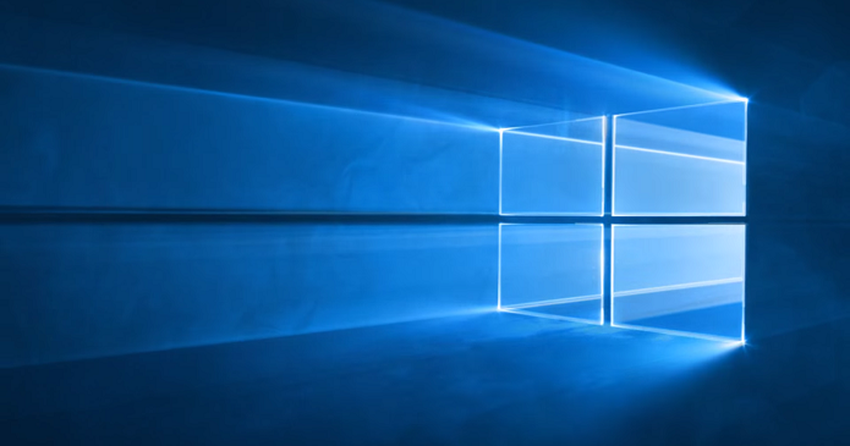Download Performance Design Driver
QNF drivers provide users the flexibility to try new features made available outside the launch cycle of longer-lived Optimal Driver for Enterprise (ODE) branches. QNF drivers are tested for workstation environments and are recommended only for those users who need specific features mentioned in the release highlights or release notes. The NEO‑M8M is optimized for cost sensitive applications, while NEO‑M8N and NEO-M8Q provide best performance and easier RF integration. The NEO form factor allows easy migration from previous NEO generations. Sophisticated RF-architecture and interference suppression ensure maximum performance even in GNSS-hostile environments.
- Download Performance Design Driver Windows 10
- Download Performance Design Drivers
- Download Performance Design Driver Download
In today’s day and age, the competition for employment and of moving up the career ladder has intensified. A lot of people are vying for bigger work responsibilities or jobs that pay more. The craving for career enhancement and development has become so intense that employers are also trying to keep up with the intention to motivate employees, improve their quality of service, and increase the company’s morale.
Related:
A Performance Evaluation is one of the key processes that employers conduct in order for them to assess the quality of work that an employee does and to determine if it merits a reward. Through a periodic Performance Evaluation, employers will also be able to aid employees to maximize their potential and to improve their skills and abilities.
General Performance Evaluation Form
Performance Evaluation Review Example
Performance Evaluation Form Sample
Job Performance Evaluation Form
Employee Performance Evaluation Form
Simple Performance Evaluation
A Performance Evaluation is an integral part of a company or an organization because it allows proper management handling. Below are some reasons as to why a company benefits from a Performance Evaluation:
Allows an Objective Basis for Promotion
Conducting a Performance Evaluation allows for an objective basis for promotion or an increase in compensation. Most companies primarily conduct a Performance Evaluation for this purpose because it allows them to evaluate a person’s capacity and capability to handle a larger workload and greater job responsibilities.

The results and findings of a Performance Evaluation also form the basis for a company’s reward system. Some companies offer incentives and bonuses to employees who perform exceptionally.
Gives a Bird’s Eye View of Strengths and Weaknesses

Conducting periodic Employee Evaluations allows supervisors to properly assess an employee’s strengths through his achievements, skills, talents, and abilities, thus allowing them to commend an employee for doing a good job. Evaluations also allow supervisors to peer into an employee’s weak spots and allows them to provide proper tools for training that will help an employee improve better.
Gives a Chance to Work on Ways for Improvement
When an employee’s Performance Evaluation results to low performance or productivity, supervisors can talk with the employee to come up with ways on how he can help the employee improve. Coaching, developmental training, or product training can also be provided, especially if the majority of the employee population has trouble with performing well due to lack of knowledge pertaining to the company’s product or services.
Probationary Performance Evaluation Form
Annual Performance Evaluation Form
Staff Performance Evaluation Form Example
Download Performance Design Driver Windows 10
Work Performance Evaluation Form
New Employee Performance Evaluation Form
An evaluation allows supervisors to provide feedback, praise, and constructive criticism, and is a good opportunity for both an employer and an employee to communicate, give out suggestions, or vent their work-related grievances.

Careful planning, implementation, and documentation are important aspects when conducting an effective evaluation. Check out the tips below to guide you on how to conduct a constructive job performance evaluation:
Establish Goals and Objectives
Management or a supervisor must first establish a set standard of goals and objectives that will serve as their basis of comparison and evaluation.

Practice Organization in Evaluations
Keep track of an employee’s work performance, such as his achievements or any disciplinary action that was given to the employee for misconduct by using an Evaluation Form, Performance Evaluation Forms, or a Job Performance Evaluation Form. This allows you to properly document the assessments you were able to make about an employee.
Communicate with the Employee
An Employee Performance Evaluation would be deemed useless if it is conducted without providing feedback to the person being evaluated. Managers or evaluators should take the time to assess and organize the results of their evaluation and then set aside time to provide feedback of the results to the employee.
Related Posts
There are two different paths to achieving high performance in a network redirector. The first approach stresses getting quickly to the network, above all else. The second approach tries to use sophisticated techniques for minimizing network operations; these operations are often time consuming and use up scarce network resources (available bandwidth, for example). Developers generally turn to the second approach when they are unsuccessful at the first.
While never discounting the benefit of short code paths, the 'run-to-the-wire' approach provides better performance only when system operation does not encounter some fundamental bottleneck. For example, consider a 10 megabit Ethernet network where the actual transfer rate is limited to 1.25 MB/second. While this is faster than some disks, it is still considerably slower than memory access speeds. For this reason, a system that provides in-memory caching of data that is accessed frequently will provide better performance, in many cases, than one that does not. Conversely, performance may suffer if the network redirector on the client insists on trying to cache in unfavorable situations. For example, if the cache manager relies on the page granularity of the x86-based hardware, then this may mean that a full 4-KB block would be read and written in response to each 32-byte write that is initiated by the application. Clearly, to get the best performance, a network redirector must implement sophisticated cache management strategies, but must also be equally prepared to determine dynamically whether to use them. And, if caching is disabled, a network redirector must be prepared to run for the wire.

Download Performance Design Drivers
A second example is provided in the case of a CPU-saturated server. The performance of the remote file system may be significantly hampered if measures are not taken to relieve congestion at the server. For example, a server under saturation conditions may have a greater likelihood for dropping packets than an unloaded server. The client network redirector would be well advised to pace the packets sent in such a way as to reduce the probability of dropped packets. Even better, the redirector could take measures to attempt to combine several operations into a single packet. Combining operations so that the server gets more operations per packet is a win in the saturated server case.
Performance is also reduced when a system uses a networking mode that is inappropriate for the type of traffic and the likely network conditions. Experience suggests a possible correlation between using a datagram-based mode and having better performance for small I/O requests. It is not clear whether this improvement is across-the-board or whether it only applies in those scenarios where the probability of datagram delivery is very high. But the available data suggests that implementation of a 'connectionless' mode is certainly worthwhile in addition to a connection-oriented mode. The ideal would be a network redirector where both modes would be supported by the network protocol and available for use, so the redirector could dynamically select how the traffic should be carried.
Download Performance Design Driver Download
Finally, performance may be enhanced if appropriate data obtained during operations is available for making smart decisions. There are numerous examples of this in Windows. For example, Cache Manager keeps a short history of read commands and tracks cache hits and misses, which is used to guide decisions on read-ahead scheduling. A second example might be the use of 'environmental information' for making decisions. There might be information available in the file name, the share name, or from a user or administrator that could greatly increase performance. For example, response can sometimes be tuned to improve performance by just changing cache size parameters to capture the data file being used. This 'environmental knowledge' of access patterns for certain scenarios could potentially be used to suggest dynamic changes (hints) for improving performance.
